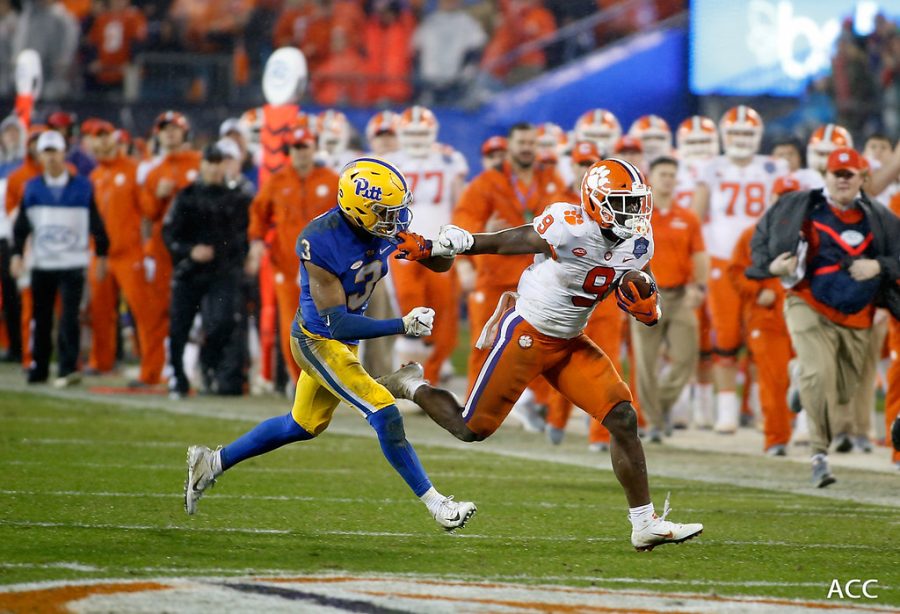Road to recovery
Damar Hamlin recovering after resuscitation on field
It is Monday Night Football time, and you are watching an intense game between the Buffalo Bills and the Cincinnati Bengals. Part-way through the first quarter, the ball was passed and Tee Higgins sprinted upfield as Damar Hamlin bolted from his position to make the tackle. Higgins’s helmet contacted Hamlin’s chest like a ram. It was a routine and legal play, until it wasn’t. It was a game that very much mattered to many watchers as well as players, and then it didn’t.
Friends and teammates of Hamlin watched teary-eyed as he lay nearly lifeless on the field. America saw him be resuscitated by the medical professionals that were nearby. Emergency sports physicians pumped his chest with air in the hope that this would not be the last of him. He was driven off the field in an ambulance as watchers from all across America hoped that he would be okay. Relief didn’t hit people until the recent statement, “He is currently listed in stable condition and continues to make significant progress in his recovery,” was released from Kaleida Health.
Seeing the impact this had on Hamlin himself and how deeply invested people were in the case and progression of his health, has really made people think about what may have happened if medical professionals were not near at the time of the accident. What would have happened to this beloved player if rescue was not sent as soon as humanly possible? People may not want to think about the horrid things that may have happened as a result, but that does not make it any less real or possible.
The most important people that are on the field during sports games may be the people who are the least paid. The life-saving medical responders are needed for the well-being of players during life or death situations like this one. These professionals are not the stars of the show and may not be paid at all without the actual sport, but without having them on the sidelines could have been critical, for Hamlin as an example. In an archived radio recording from that Monday night game, the importance of the medical responders is shown.
“If they get out on the field and they sense that this is a significant emergency, then they will give a hand signal in addition to the radio signal. It’s basically an all-call, meaning everyone come.” reporter Allen Sills expressed.
“Monday, everyone did, including a rarely needed code leader.” responded Tom Goldman.
On Jan. 9 Hamlin was released from intensive care at University of Cincinnati Medical Center and was flown back to Buffalo, where he was transferred to Buffalo General Medical Center/Gates Vascular Institute to continue his treatment. Football lovers across America could finally take their sigh of relief after getting news that Hamlin was awake and in a stable condition after the horrifying scene people watched as he fell into cardiac arrest the previous Monday, Jan. 2. The condition of Hamlin is continuing to improve as he has been recently active on social media and is on the lengthy road to recovery.



